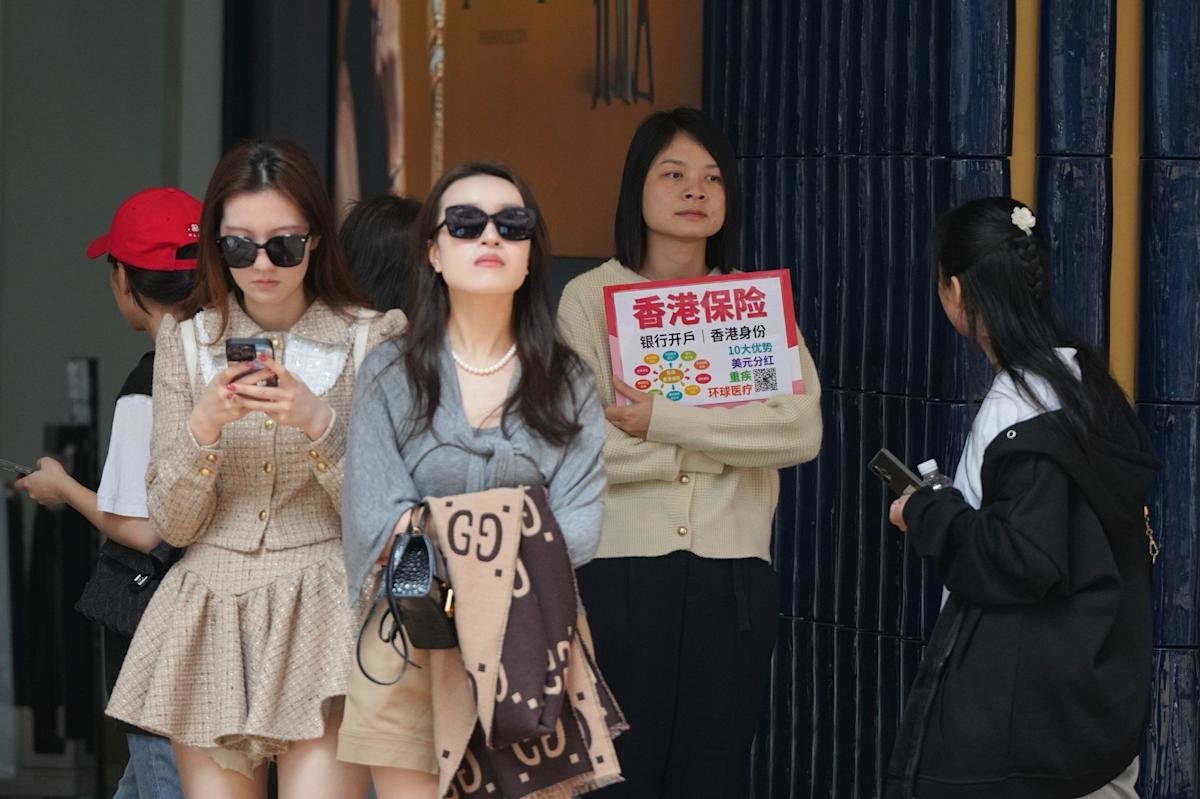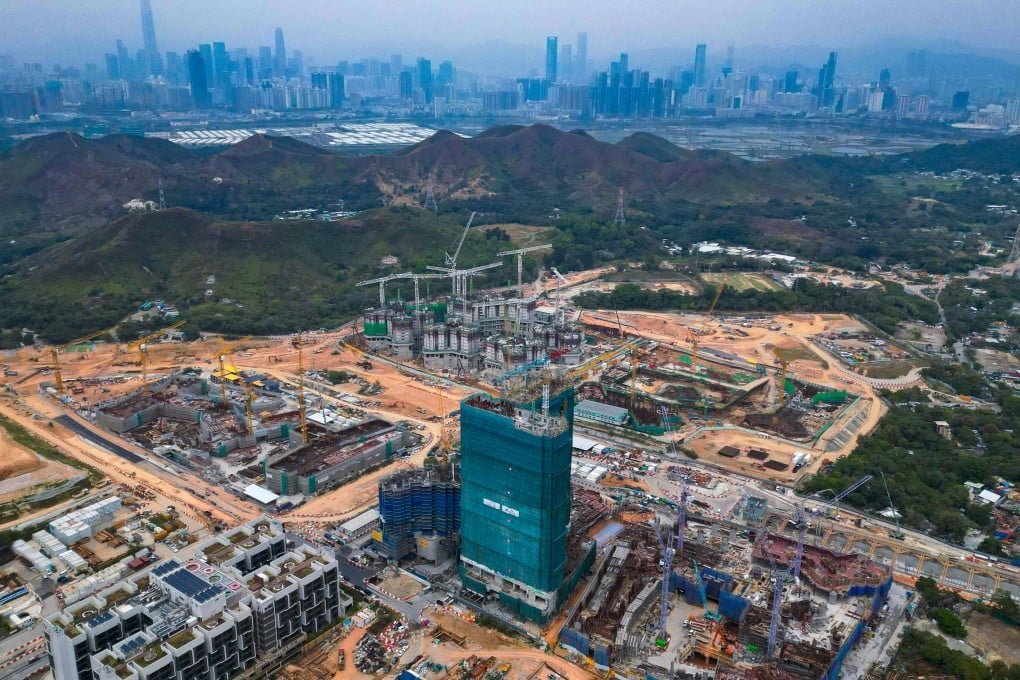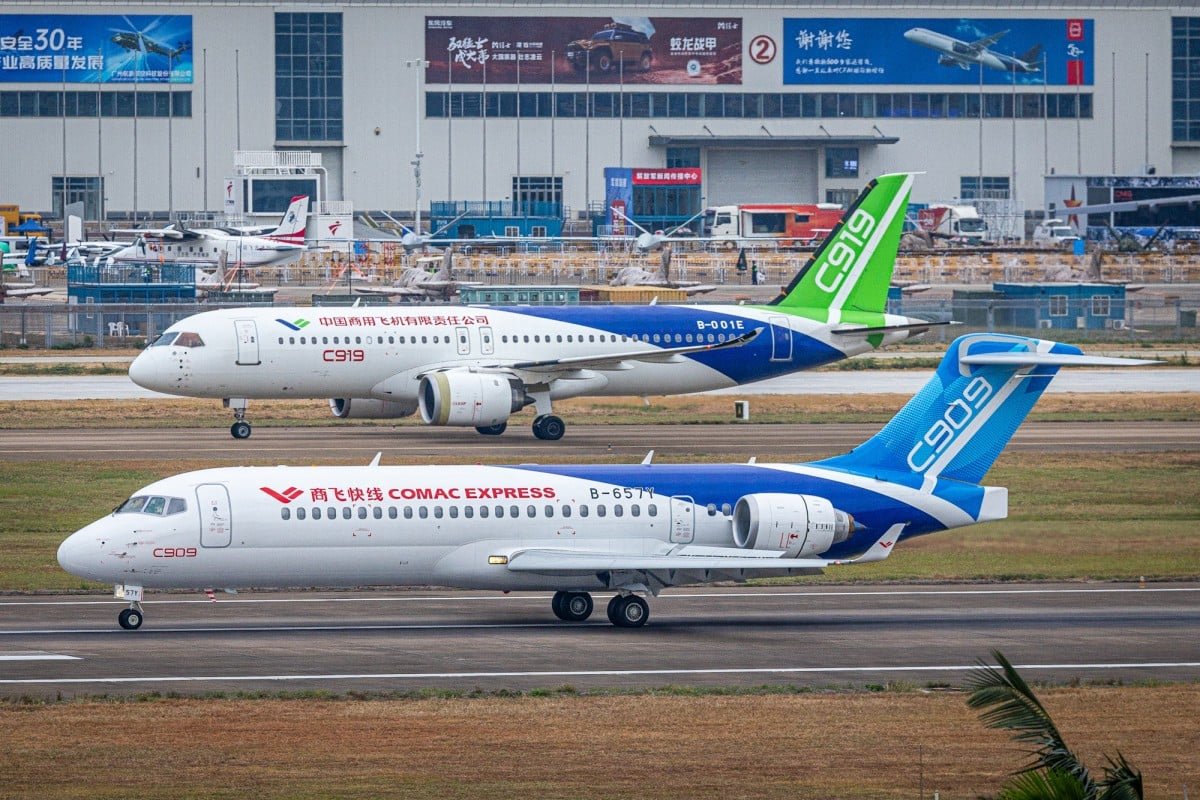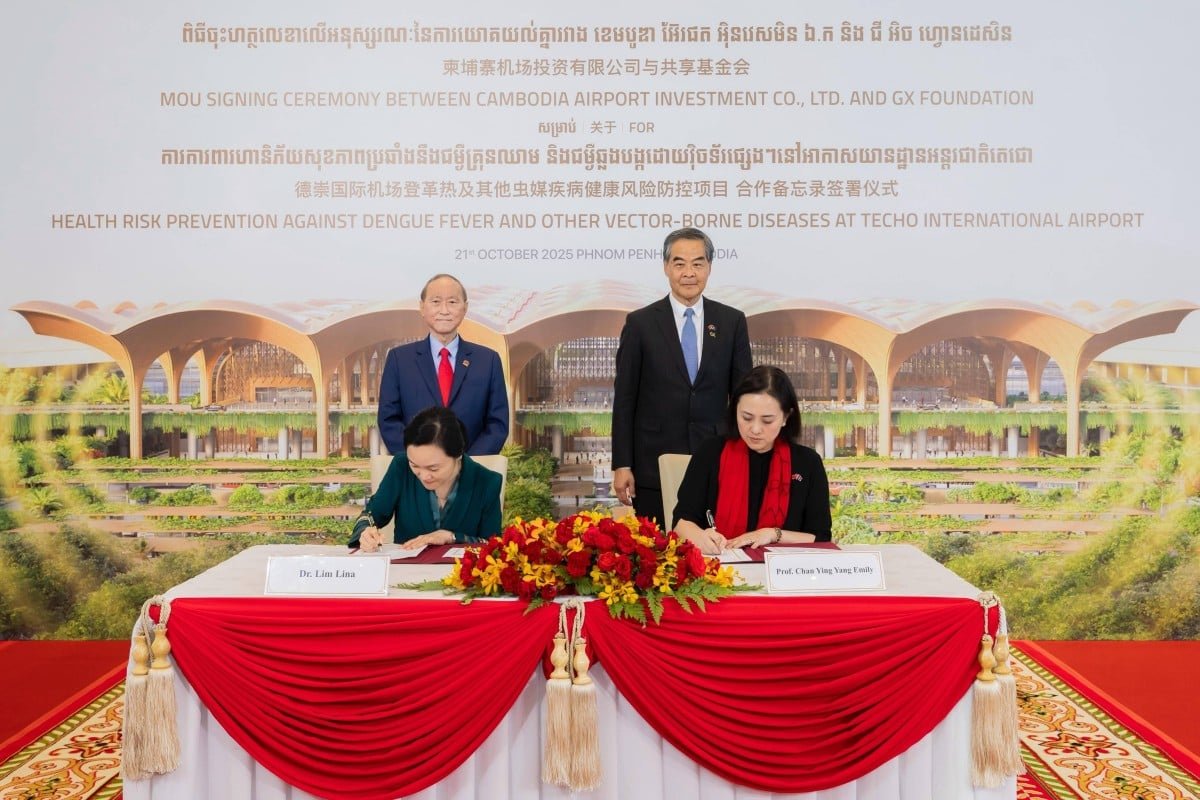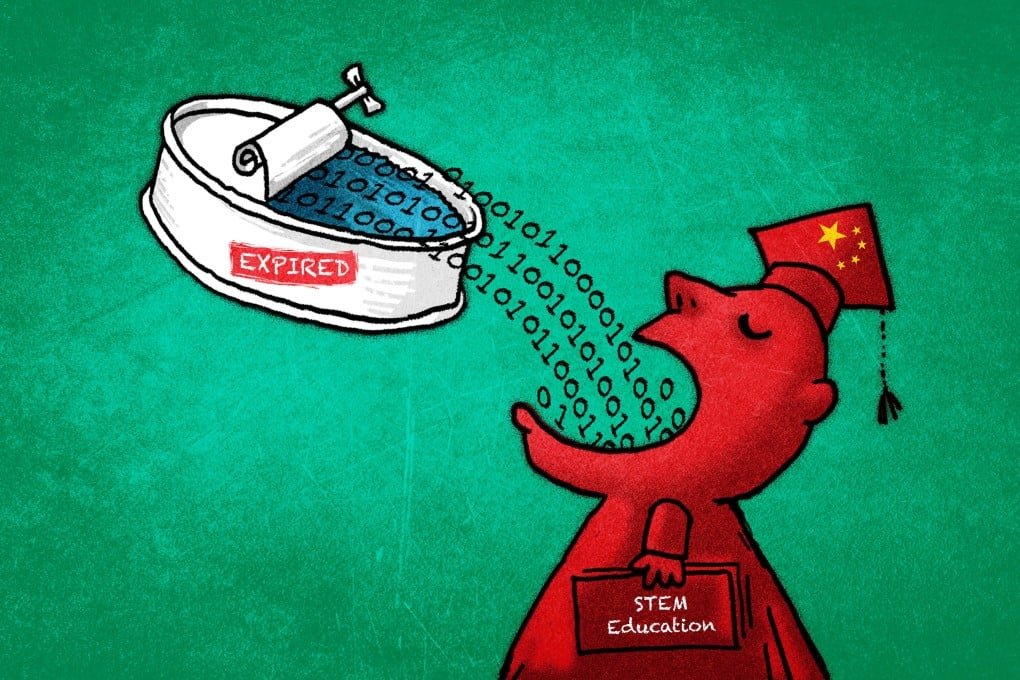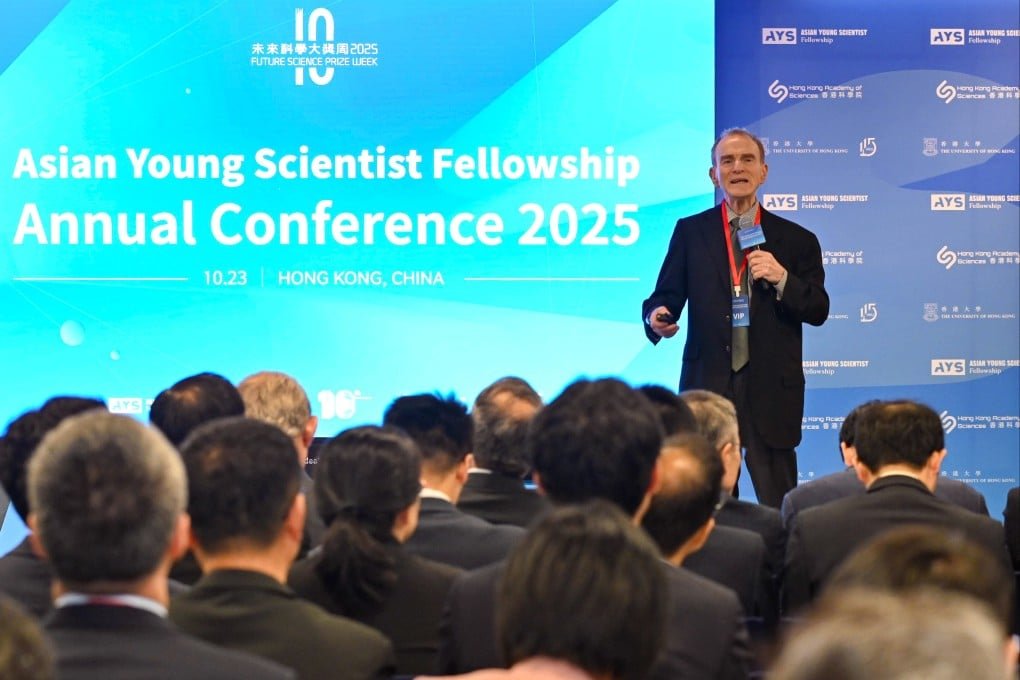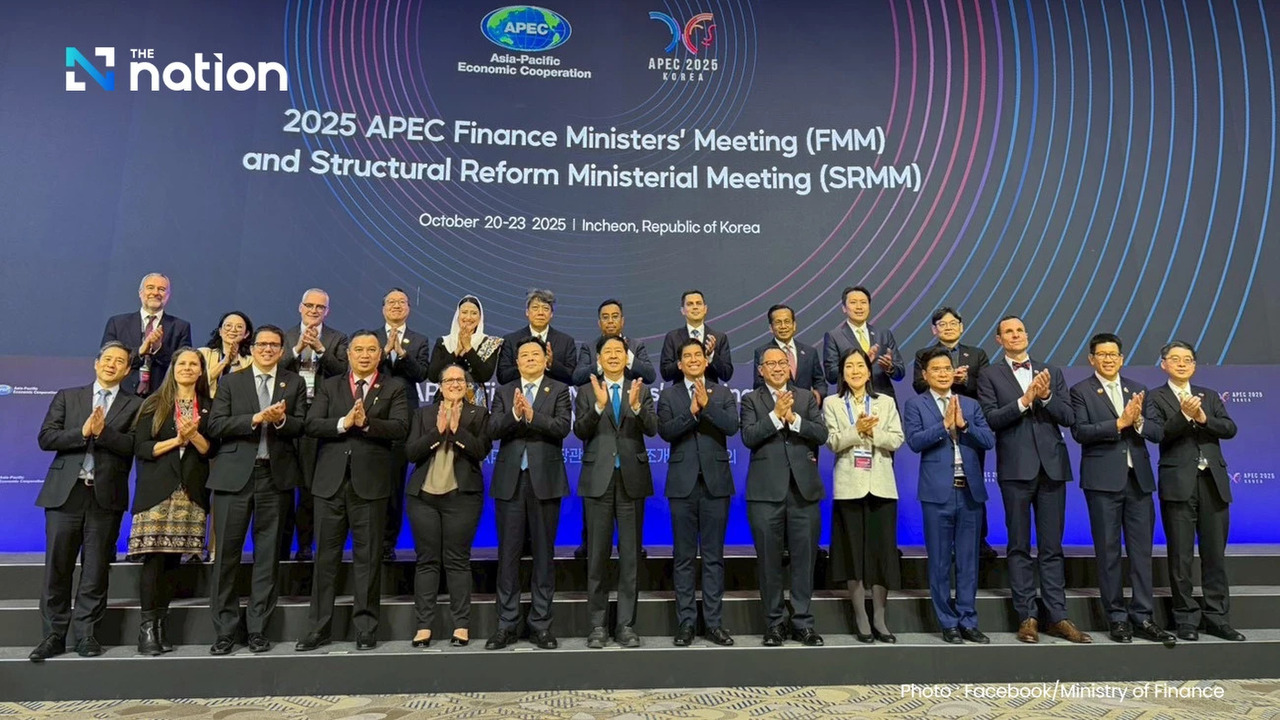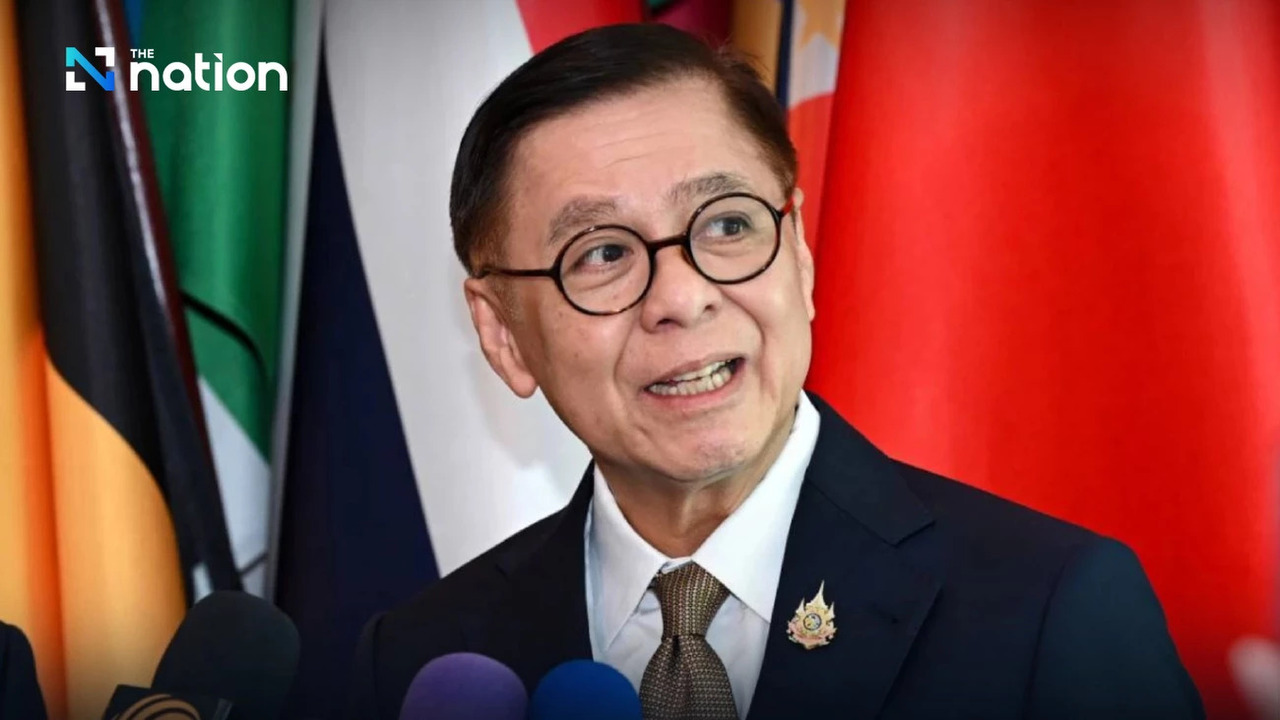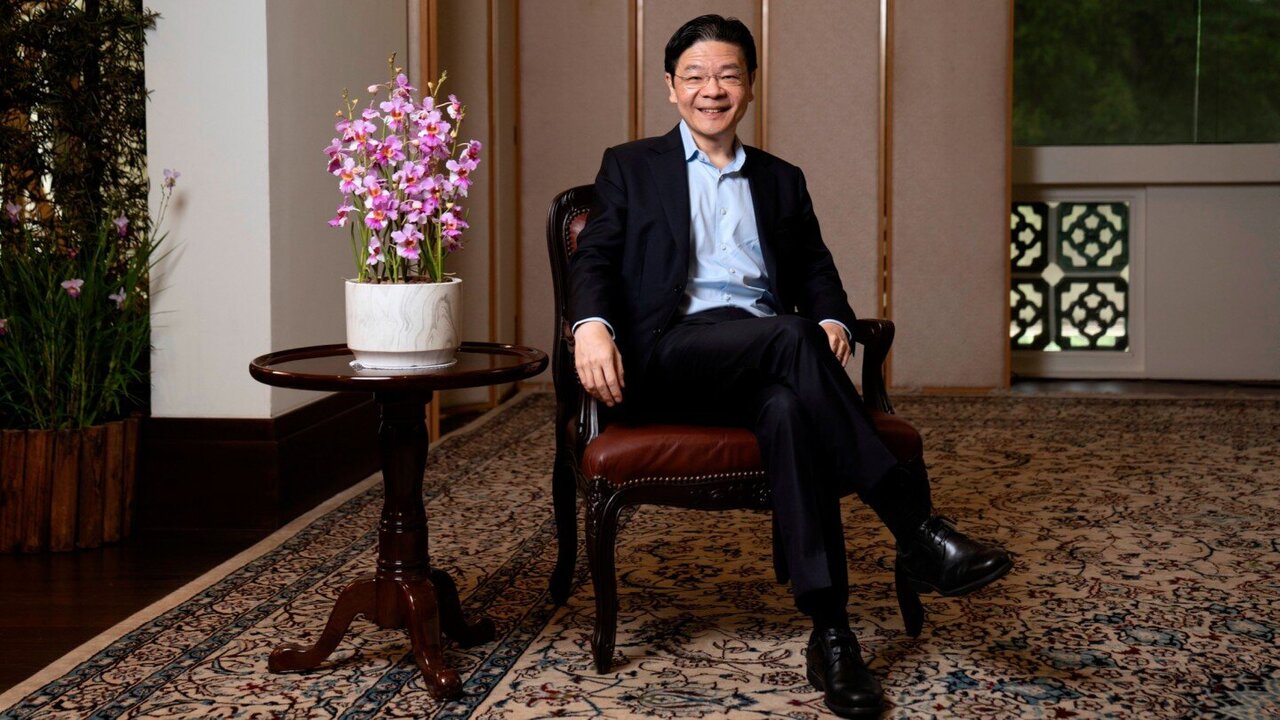In a press conference following the fourth plenum of the Communist Party of China Central Committee, senior officials said the world’s second-largest economy will prioritise producing tangible goods, driving technological progress and managing external risks to ensure growth “remains within a reasonable range”.
Deputy director Han Wenxiu of the Party’s economic affairs office stressed that the next half-decade is a pivotal phase to achieve the goal of “basically realising socialist modernisation” by 2035. He said China now “possesses many favourable factors for proactively managing the international space and shaping its external environment.” The statement came as China develops its 15th five-year plan (2026-30) under Xi Jinping’s leadership, with approval expected early next year.
One major focus will be boosting household consumption and reducing reliance on external markets.
Officials announced plans to “significantly” raise the share of household consumption in the economy, and to increase investment in people’s livelihoods and social sectors, responding to structural imbalances and demographic pressures.
At the same time, technological self-reliance remains central: China will accelerate development in areas such as semiconductors, artificial intelligence and new-energy manufacturing amid external export restrictions.
The leadership also pledged to “take economic development as the central task,” a strategic phrase not used in the preceding planning cycle, signalling a pro-growth adjustment.
Analysts noted that stabilising the domestic economy while projecting steadiness externally is intended to “inject certainty” into an increasingly volatile global economy.
The policy repositioning arrives at a time when China faces slowing growth, trade friction with the United States and an ageing population.
While details of the plan remain under preparation, Chinese media emphasised that China’s governance model, long-term roadmap planning and industrial policy framework are intended to offer “confidence and opportunity” to external partners and markets.
With global trading partners and investors watching, China’s next move will test the strength of its domestic re-orientation and its geopolitical adaptability for years to come.


